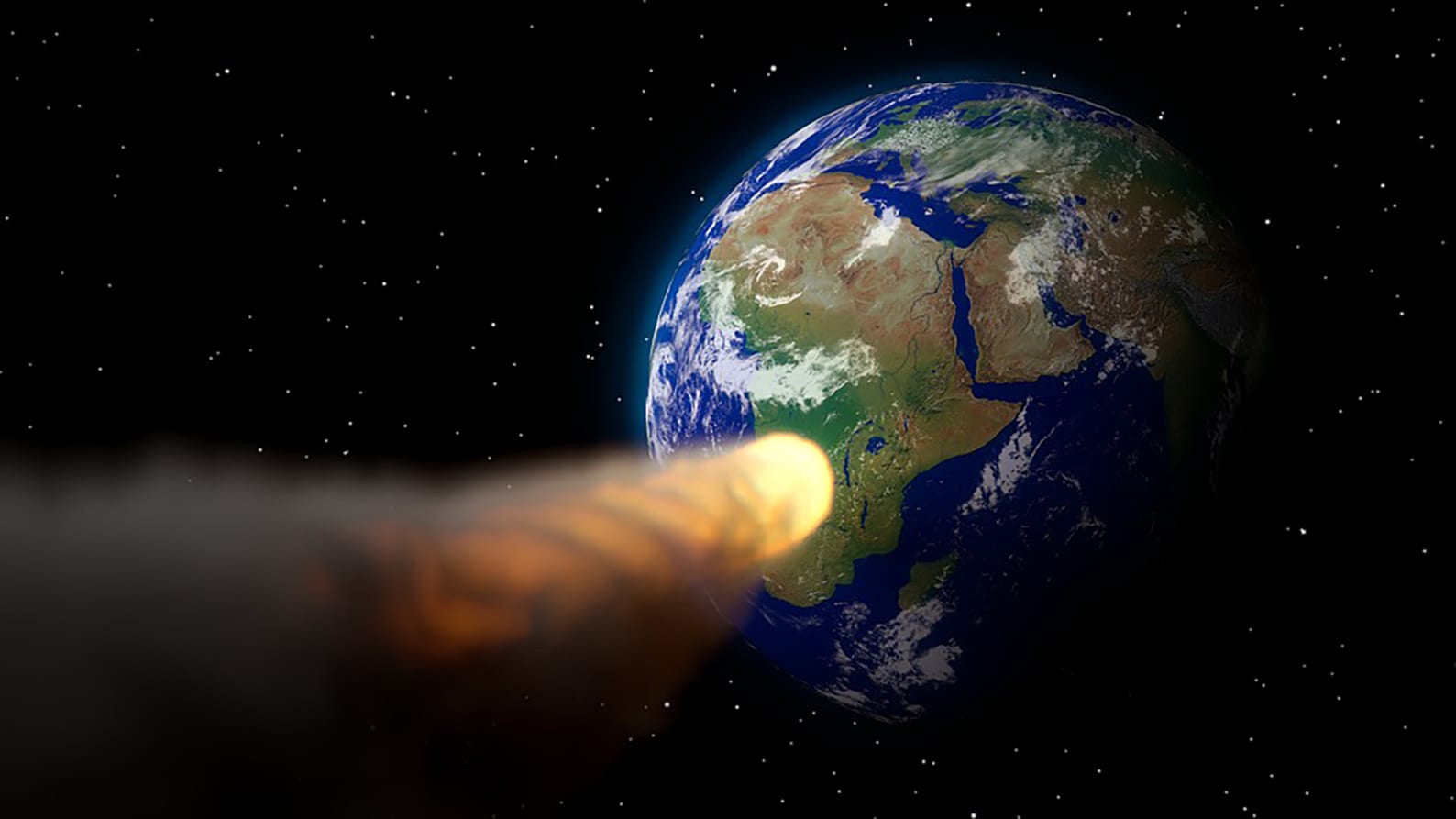Curtin University researchers studying rock-dwelling microorganisms deep beneath the site of the asteroid strike that wiped out the dinosaurs have discovered the ancient impact continues to influence the type of microbial life found there today.
The researchers used gene sequencing, cell counts, and incubation experiments to study the microorganism communities and found the geological deformation caused by the impact 66 million years ago is still shaping life beneath the site at Chicxulub, México.
Joint lead Australian author Curtin PhD student Bettina Schaefer, from the WA-Organic and Isotope Geochemistry Centre (WA-OIGC) in Curtin’s School of Earth and Planetary Sciences, said while asteroid impacts caused severe disruption to surface-dwelling organisms and ecosystems, the resulting crater could be a perfect nurturing place for new life.
“The heat and pressure of the impact created a sterilised area that caused a localised extinction of the residing microbes,” Ms Schaefer said.
“However, roughly one million years after the impact, the crater had cooled down to temperatures low enough for microbial life to return, and to evolve in isolation from life at the Earth’s surface over the last 65 million years.”
Geomicrobiologist Associate Professor Marco Coolen, also from WA-OIGC and who played a lead role in the project, said the study found the bacteria present in the nutrient-poor, and still relatively hot (about 70C) impact-fractured granitic rocks in the lower parts of the crater differed significantly from the bacteria in the layer of rubble that filled the crater in the immediate aftermath of the impact and again from the microbes present in marine sediments deposited in the crater millions of years later.
“The findings gave insight into microbial life in extreme environments and how life recovers from extreme events such as asteroid strikes,” Associate Professor Coolen said.
“As the deep microbial biosphere plays an important role in the global carbon cycle, it is of interest to investigate how the microbial communities were able to recover from this catastrophic geological event.
“With growing concern about a possible human-generated ecological disaster or asteroid impact, research into how life on Earth has responded to major environmental, ecological, and evolutionary change such as mass extinctions of the geological past is crucial to a greater understanding of the resilience of life on Earth, which is a broader research direction being led by co-author John Curtin Distinguished Professor Kliti Grice and founding director of WA-OIGC.”
The research paper’s joint lead authors were Bettina Schaefer and Professor Charles Cockell (UK Centre for Astrobiology, School of Physics and Astronomy at the University of Edinburgh).
The research was funded by the Australian Research Council (ARC) and Australian and New Zealand IODP Legacy; and supported by The Institute for Geoscience Research (TIGeR) and WA-OIGC at Curtin University.
The full research paper, ‘Shaping of the present-day deep biosphere at Chicxulub by the impact catastrophe that ended the Cretaceous’, was published in Frontiers in Microbiology and can be found online here.
Professor Grice, Associate Professor Coolen and Ms Schaefer are affiliated with The Institute for Geoscience Research (TIGeR),Curtin’s flagship Earth Sciences research institute.



